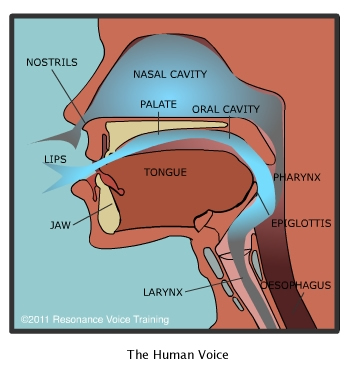
Presenting With Confidence
This two day course is for anyone who has to give presentations with or without slides, to audiences at work, for interviews, or at more formal conferences.
Combining theory with plenty of practice, it will help you to become an impressive, impactful presenter with a clear understanding of how to create a strong message, manage your nerves, all while captivating your audience.
Your body language, your voice, and your presenting style are all explored, while we also give you valuable theoretical tips and tricks.



